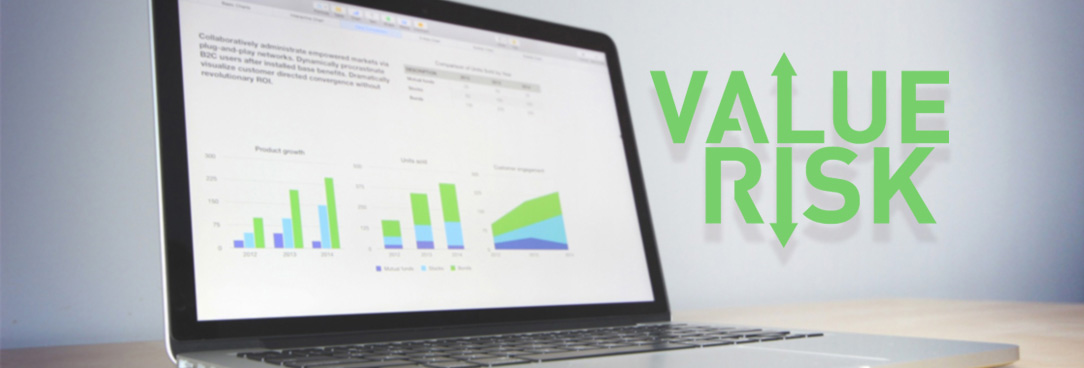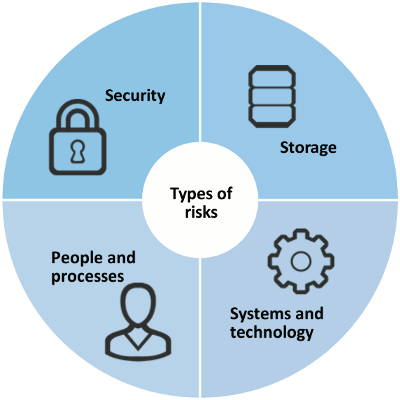If you do not have a comprehensive list and/or knowledge of the records in your agency, you can conduct an assessment to gain an understanding of the records which are of value and/or risk.
Depending on the scale of your records, it may be practical to take a staged and/or targeted approach to the assessment. For example, focus on the most important business activities and related records first.
By undertaking an assessment, you should be able to rate the value and risk of your records and gain general knowledge about:
- the range, volume and types of records your agency creates and manages
- how the records relate to the business
- the physical and digital environments in which the records are managed
- the people and processes in place to manage records.
The following approaches can be undertaken to source information during the assessment:
- refer to documentation:
- Information Asset Register
- Retention and Disposal Authorities (note records with long retention periods)
- Records registers and lists, such as vital records register.
- inspect the storage environment (physical and/or digital)
- review the business systems and processes that manage records
- interview staff and/or conduct workshops or surveys to gain information.
See Conducting an Information Review from National Archives of Australia for further information about the assessment process from an information asset perspective.

